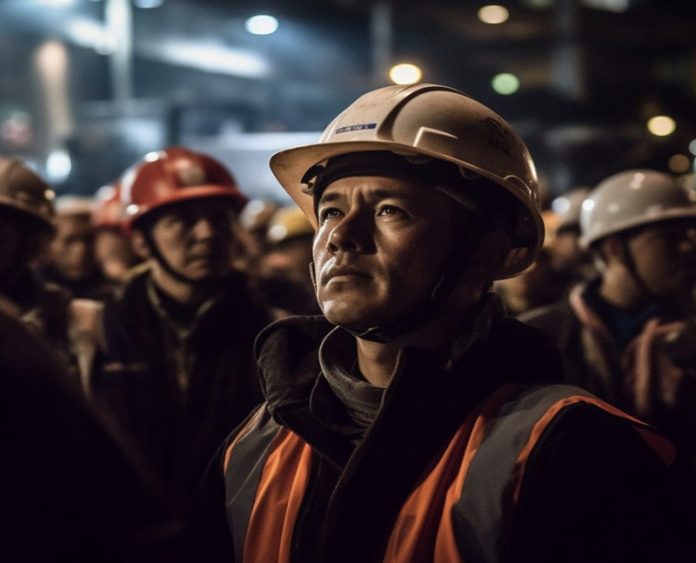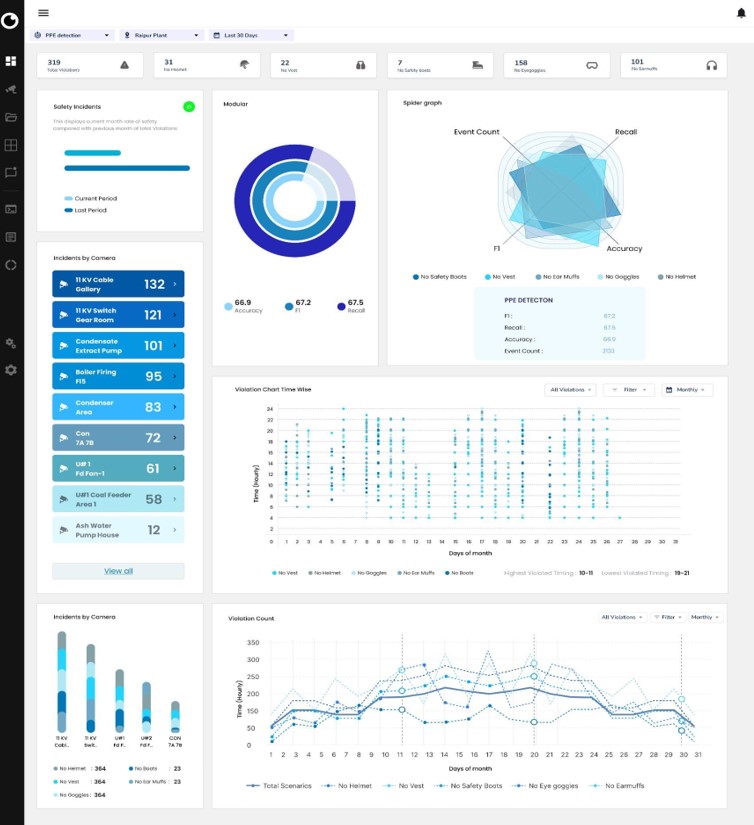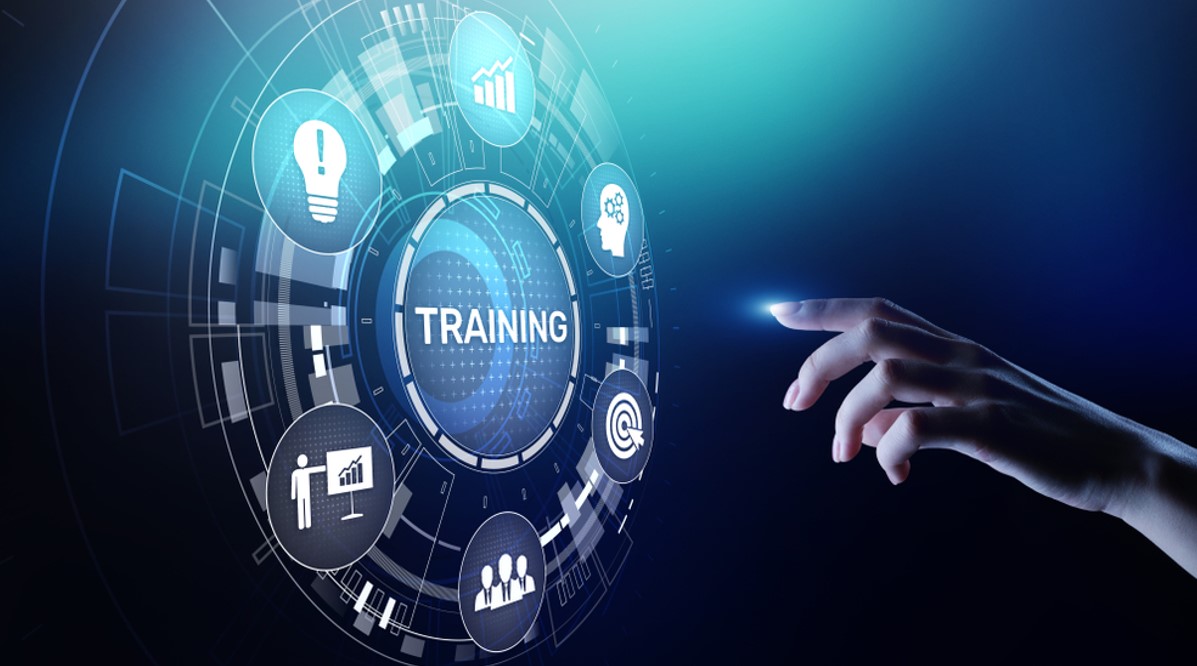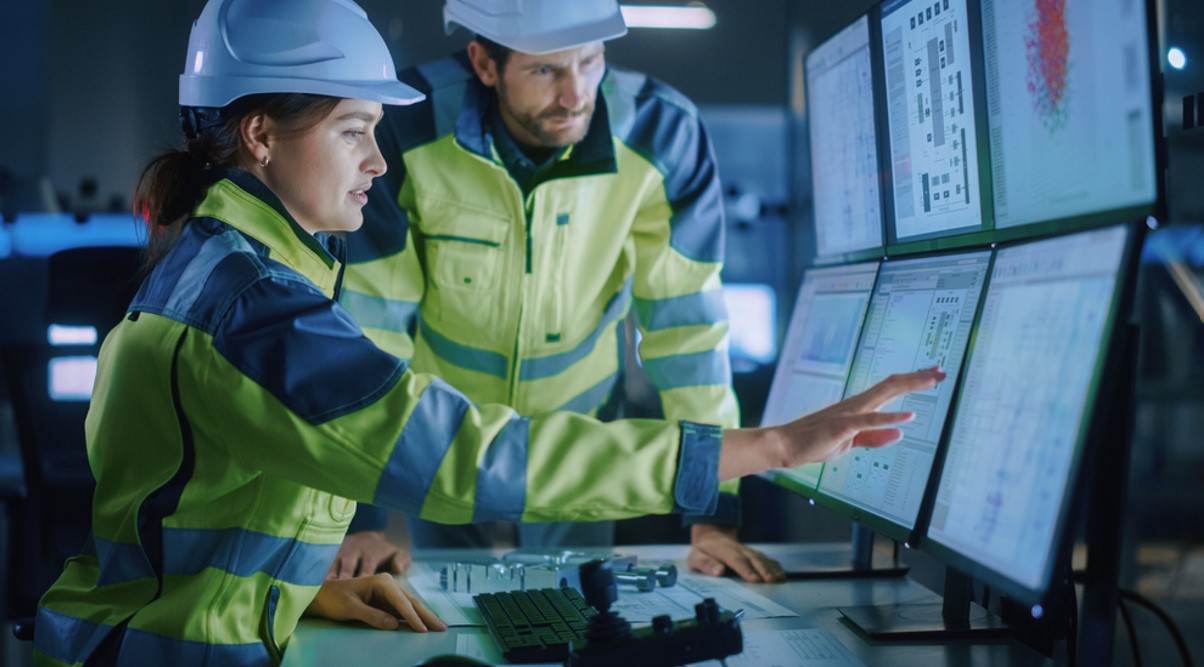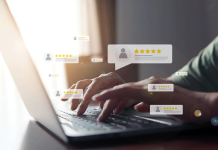Introduction
As the world rapidly embraces AI across multiple domains, one area that stands to benefit significantly is workplace safety. AI-powered technologies such as computer vision, and predictive analytics are enabling proactive safety measures, reducing workplace incidents, and safeguarding employees’ well-being.
The emergence of such revolutionary technologies, especially Vision AI Safety, which is one of the most effective applications of AI, is significantly enhancing workplace safety by automating dangerous tasks, detecting potential hazards in real time, and analyzing vast amounts of data to identify patterns that can prevent accidents.
Organizations are poised to transform their safety practices through the integration of these cutting-edge technologies, promising to elevate workplace safety to unprecedented levels, reduce accidents, and protect their most valuable asset—employees.
In this article, we will explore the potential of Vision AI in workplace safety, examining its applications, benefits, challenges, and the future it holds for ensuring a safer and more productive work environment.
AI-Powered Hazard Warnings
One of the primary applications of Vision AI in workplace safety is risk assessment or identification of hazards. Hazard identification is the first crucial step in ensuring workplace safety because it allows organizations to proactively recognize potential risks and dangers that could lead to accidents or injuries.
Companies face difficulties identifying workplace hazards due to the complexity of work environments, a lack of comprehensive data, human error in reporting, resource constraints, and challenges in maintaining regulatory compliance. Also, traditional methods of identifying hazards and assessing risks often rely on manual inspections and observation, leaving room for oversight and human error.
Vision AI, also known as computer vision, is a technology that uses artificial intelligence and deep learning algorithms to enable systems to interpret and understand visual information from images or videos. It replicates human vision capabilities but outperforms humans in terms of accuracy, consistency, and processing speed.
Vision AI can analyze vast amounts of visual data at incredibly high speeds, surpassing human capabilities in processing and identifying patterns. Also, these algorithms are designed to be highly accurate and consistently recognize objects, patterns, or anomalies, minimizing errors and variations that may occur with human vision.
Furthermore, Some Vision AI systems can operate effectively in low-light conditions or with infrared imaging, capabilities that are not present in human vision.
This way, Vision AI can enhance the process of risk and hazard assessment by analyzing large amounts of data from various sources, including sensors, surveillance cameras, and historical records.
Using deep learning algorithms, AI can detect patterns and trends, helping organizations identify potential hazards before they escalate into accidents. Moreover, AI can adapt to evolving work environments, making risk assessment a dynamic and proactive process.
AI Powered PPE Compliance
The significance of Personal Protective Equipment (PPE) detection in workplaces cannot be overstated. In industrial sectors such as manufacturing, construction, and mining, where potential hazards are prevalent, accurate PPE compliance monitoring is essential to prevent accidents and safeguard employee well-being.
As reported by the Occupational Safety & Health Administration (OSHA), the proficient use of PPE can avert nearly 37.6% of occupational injuries.
However, manual checks can be subjective and prone to oversight, leading to inaccurate assessments of PPE compliance. Moreover, in larger workplaces or high-traffic areas, it becomes challenging for human inspectors to monitor every individual consistently. This can result in missed instances of non-compliance, compromising safety standards.
AI-powered PPE compliance involves integrating the Vision AI model for PPE Detection into your existing surveillance cameras to automate and enhance the monitoring and enforcement of PPE usage in workplaces.
By leveraging this advanced technology, AI systems can accurately detect and identify the presence or absence of specific PPE items, such as helmets, safety goggles, masks, gloves, and vests.
Vision AI’s extraordinary capabilities to analyze vast amounts of visual data in real-time enables intelligent PPE detection. The system effectively and continuously assesses whether individuals adhere to the required safety protocols by wearing the appropriate PPE.
Additionally, an AI-powered PPE compliance system can identify instances of incorrect or incomplete PPE usage, sending alerts or notifications to relevant individuals for immediate corrective action. This way, it not only enhances safety and reduces the risk of accidents but also streamlines the monitoring process, allowing human resources to focus on more strategic tasks while ensuring higher compliance with PPE regulations.
Real-time Incident Response
In the unfortunate event of an accident or emergency, real-time response is critical to minimizing damage and ensuring the safety of employees. AI can facilitate swift incident response by leveraging IoT (Internet of Things) devices and sensors to monitor the work environment.
Real-time incident reporting with Vision AI in workplace safety involves the immediate detection and notification of potential accidents, hazards, or unsafe behaviors as they happen. Vision AI can quickly analyze the work environment and identify safety breaches.
For example, using cameras and advanced algorithms, the sensors can detect anomalies in temperature, gas levels, or even employee vitals, triggering instant alerts to relevant personnel, enabling swift responses, preventing serious incidents, and saving lives.
Comprehensive Metrics Dashboard
Incorporating Vision AI solutions offers an added advantage: it lets you visualize the output of all your applications in a custom metrics dashboard. This dashboard provides end users with a centralized and visualized overview of critical aspects they must focus on.
The dashboard aggregates data from multiple sources and AI-driven analyses, presenting key metrics related to safety compliance, operational efficiency, and risk management. This holistic approach empowers clients to assess broader safety trends, identifying patterns that may contribute to potential risks.
This real-time insight enables informed decision-making, proactive intervention, and fine-tuning of safety protocols across the organization, ultimately fostering a safer and more productive work environment.
Virtual Training and Safety Education
AI can also revolutionize safety training programs by providing personalized and interactive learning experiences. Virtual Reality (VR) and Augmented Reality (AR) technologies, combined with AI, enable immersive training simulations that replicate real-life work scenarios. Employees can practice safety protocols and response procedures in a risk-free environment, enhancing their preparedness for potential hazards.
Additionally, AI-driven knowledge platforms can deliver targeted safety content to employees, informing them about the latest safety practices and real-time updates. This continuous learning approach can foster a safety-conscious work culture.
Ergonomics and Health Monitoring
Workplace injuries and health issues often stem from ergonomic challenges and prolonged exposure to hazardous conditions. Vision AI solutions can assist ergonomics by analyzing employees’ postures and movements in real time, providing insights into potential ergonomic risks, and suggesting corrective measures to prevent musculoskeletal issues.
Additionally, these solutions can aid in health monitoring by detecting signs of fatigue, stress, or discomfort, enabling early intervention to promote employee well-being and productivity.
Ethical Considerations and Data Privacy
On-premise computing with Vision AI offers a robust strategy for preserving data privacy. This process refers to computing on servers or hardware devices within the organization’s facilities and data centers.
By retaining sensitive information within the organization’s infrastructure, companies can maintain greater control over access and security measures. This approach allows the highest degree of control over data and minimizes the risk of data breaches or unauthorized access that could occur with cloud-based storage.
With on-premise data storage, organizations can implement stringent security protocols, ensuring compliance with data protection regulations and building user trust. This proactive approach fortifies data privacy and establishes a foundation for responsible and ethical AI implementation, fostering a culture of confidentiality and integrity.
The Future of AI in Workplace Safety
The future of Vision AI in workplace safety is filled with endless possibilities and potential advancements. As AI systems collect more data and learn from broader contexts, their predictive capabilities will improve, leading to more accurate risk assessment and incident prevention. Integration with IoT devices and wearable technology will further enhance real-time monitoring and response.
Furthermore, AI’s potential goes beyond individual workplaces. Governments and regulatory bodies may leverage AI-driven insights to implement better safety standards and regulations across industries, ensuring higher safety standards and worker protection on a broader scale.
Conclusion
The rise of Artificial Intelligence in workplace safety represents a significant leap forward in safeguarding employees and fostering a culture of well-being. When Vision AI technology collaborates with humans, the impact can be transformative for workplace safety. Human-AI collaboration allows for a more comprehensive approach to identifying and mitigating hazards.
Human workers can leverage their contextual understanding, emotional intelligence, and decision-making skills to validate AI findings, make complex judgments, and implement appropriate safety measures. This synergy fosters a safer work environment, minimizes the risk of accidents, and betters overall safety outcomes, creating a powerful partnership that maximizes and strengthens both human expertise and AI capabilities.



